Introduction
Imagine this: you’re lounging on your couch, and your cat jumps up beside you. They start rhythmically pushing their paws into your lap, almost like they’re kneading dough. This endearing behavior, known as kneading, is a common and sometimes perplexing action that cats engage in. Often referred to as “making biscuits,” kneading is both fascinating and mysterious. But what exactly is cat kneading, and why do our feline friends do it? In this article, we will delve into the various theories and reasons behind this charming behavior, explore when and why cats knead, and provide insights into whether it’s always a good sign. Additionally, we’ll share tips on how to encourage or gently discourage kneading and offer personal stories and expert opinions to enrich our understanding of this unique feline habit.
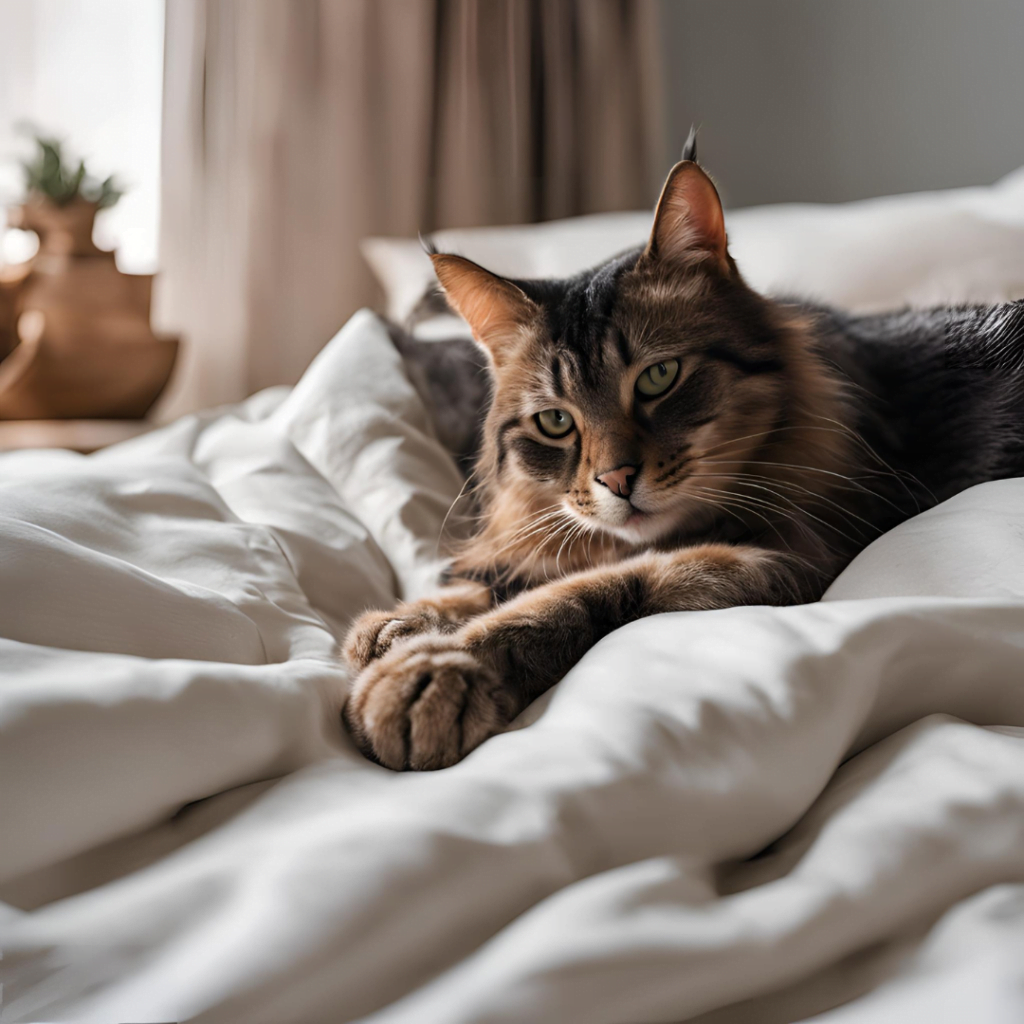
What is Cat Kneading?
Cat kneading is a repetitive motion where a cat alternates pushing out and pulling in their front paws against a soft surface. This behavior is often observed on blankets, pillows, or even on their human companions. While the exact origin of the term “making biscuits” is unclear, it aptly describes the kneading motion that resembles the process of kneading dough.
Kneading typically involves the cat rhythmically pressing their paws into a soft surface, with claws either extended or retracted, and it may be accompanied by purring or other signs of contentment. This instinctive behavior begins in kittenhood and often continues into adulthood, serving various purposes and signaling different aspects of a cat’s emotional and physical state.

Theories Behind Cat Kneading
Several theories attempt to explain why cats knead, each shedding light on different aspects of feline behavior and biology.
Instinct from Kittenhood
One widely accepted theory is that kneading is a behavior carried over from kittenhood. When kittens nurse from their mothers, they knead the area around the nipple to stimulate milk flow. This motion becomes associated with comfort and nourishment, and many cats continue to knead into adulthood, often during moments of relaxation and contentment.
Comfort and Relaxation
Kneading is often observed when cats are in a state of relaxation or preparing to rest. Just as humans might fluff their pillows or settle into a comfortable position before sleeping, cats knead to create a soft, cozy spot. This behavior is particularly noticeable when cats knead blankets, cushions, or even their owners’ laps before curling up for a nap.
Marking Territory with Scent Glands
Cats have scent glands in their paws, and kneading can serve as a way to mark territory. By pressing their paws into a surface, cats leave behind their unique scent, signaling ownership and creating a familiar, comforting environment. This territorial marking is a subtle but important aspect of feline behavior, helping cats feel secure in their surroundings.
Display of Affection and Trust
Kneading can also be a sign of affection and trust. Cats often knead when they are content and comfortable, especially in the presence of their favorite humans. This behavior can be seen as a form of bonding, where cats express their feelings of safety and attachment. When a cat kneads on you, it’s often a sign that they feel secure and cherished.
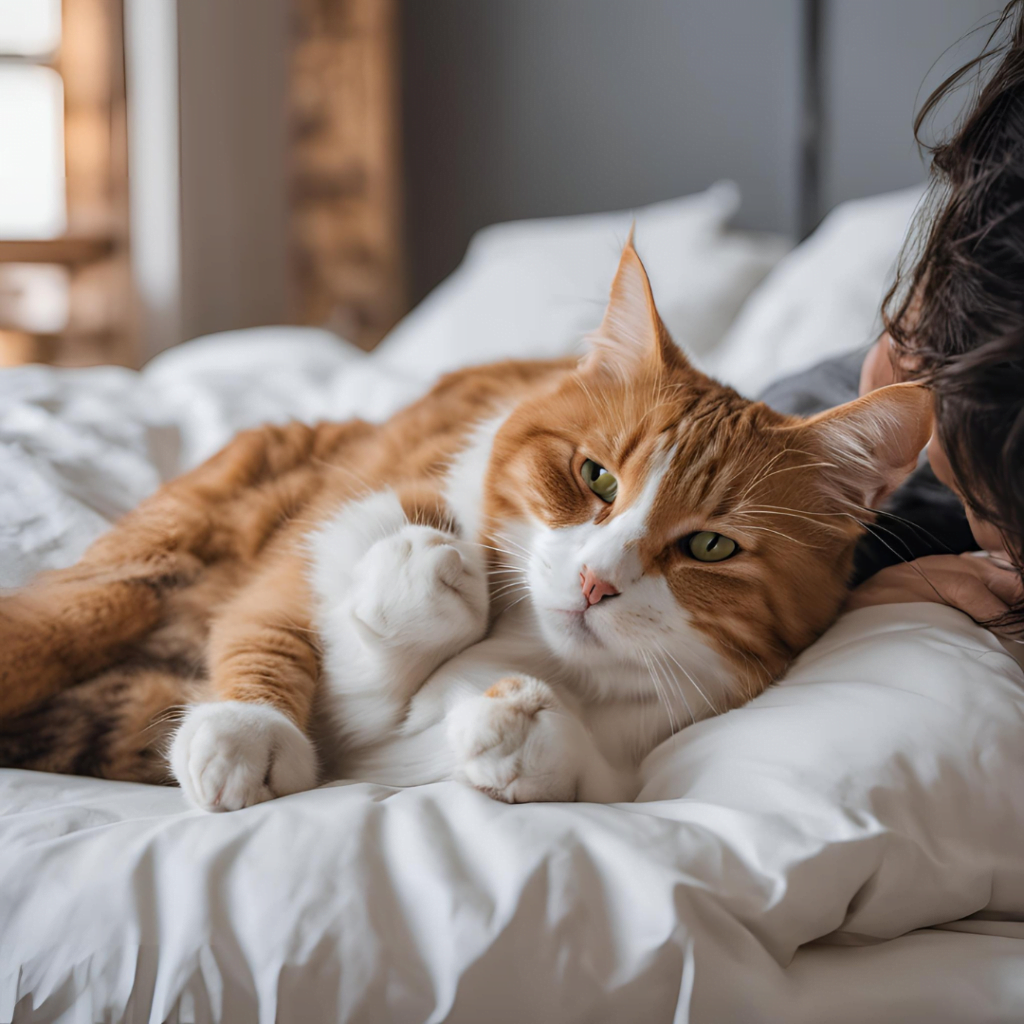
When Do Cats Knead?
Understanding the context in which cats knead can provide further insights into this behavior.
Common Scenarios
Cats typically knead in situations where they feel safe and relaxed. Common scenarios include:
- Before Sleeping: Many cats knead right before settling down for a nap. This behavior can be seen as a way to prepare their sleeping area and ensure it’s comfortable.
- On Soft Surfaces: Cats often prefer soft, plush surfaces for kneading. Blankets, pillows, and even soft clothing can become favorite kneading spots.
- During Petting Sessions: When being petted, some cats may start to knead as a response to the pleasurable sensations and the bonding experience with their owner.
Individual Cat Behaviors and Preferences
Each cat is unique, and their kneading habits can vary. Some cats knead frequently, while others do so sporadically. Additionally, the intensity and duration of kneading can differ from one cat to another. Observing your cat’s individual kneading behavior can provide clues about their preferences and emotional state.
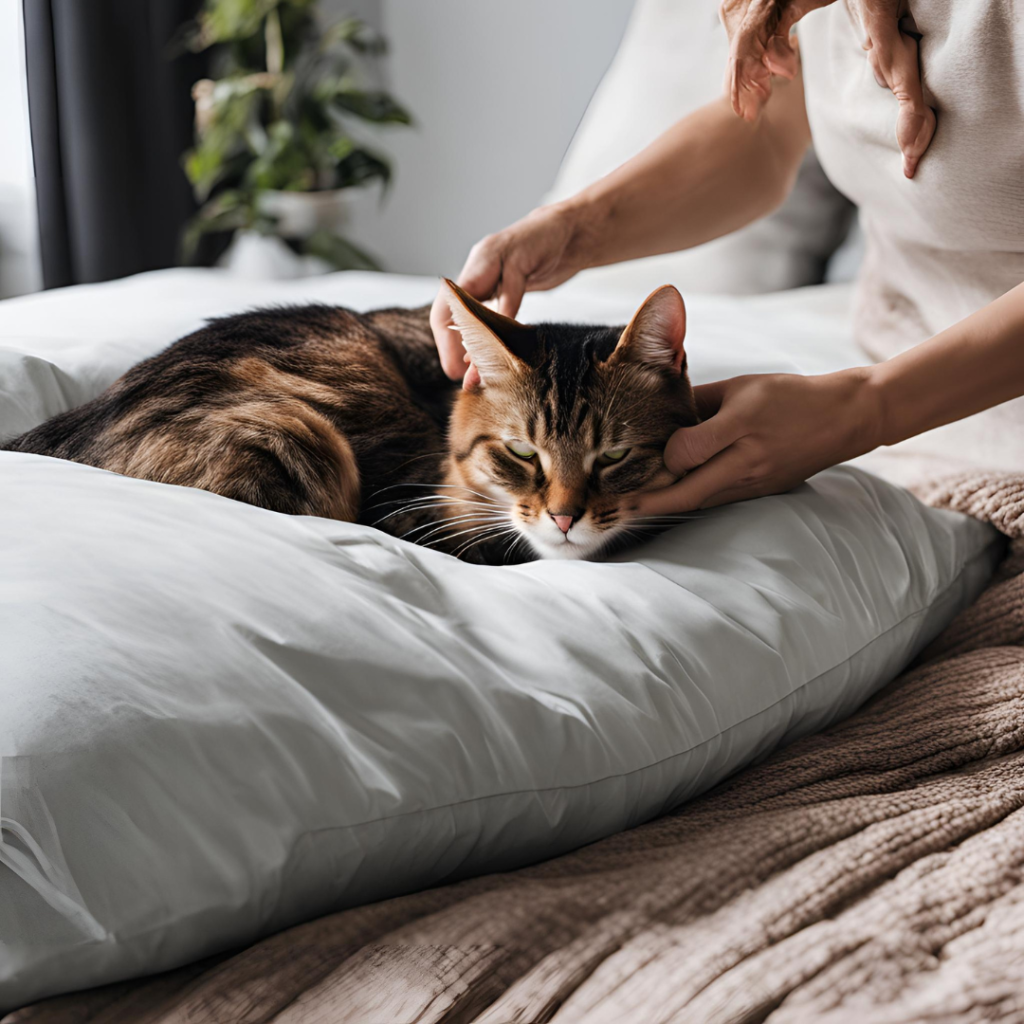
Is Kneading Always a Good Sign?
While kneading is generally a positive behavior, it can have some downsides or indicate other underlying issues.
Positive Aspects
Kneading is often a sign of contentment and bonding. When your cat kneads on you, it’s usually a good indication that they feel happy and secure in your presence. This behavior can strengthen the bond between you and your cat, creating a sense of closeness and mutual affection.
Potential Issues
However, kneading can sometimes become problematic:
- Overzealous Kneading: Some cats knead with great enthusiasm, which can be uncomfortable or even painful if their claws are out. Overzealous kneading might result in scratches or discomfort for the cat’s human companion.
- Claws Out: Cats may knead with their claws extended, which can damage furniture, clothing, or even skin. This behavior, while instinctive, can be managed to minimize any negative impact.
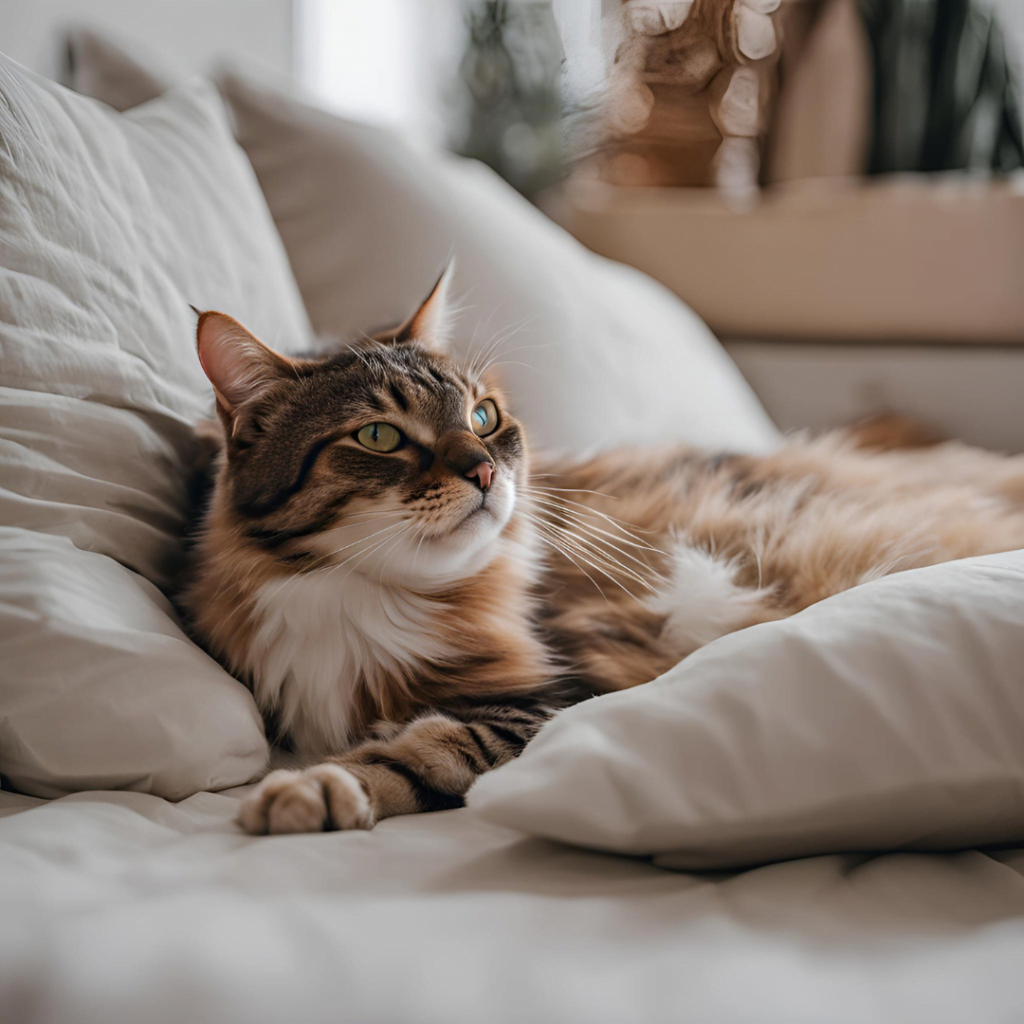
How to Encourage or Discourage Kneading
Depending on your situation, you may want to encourage or gently discourage your cat’s kneading behavior.
Providing Soft Surfaces for Kneading
To encourage kneading, provide plenty of soft, plush surfaces for your cat. Blankets, cushions, and specially designed cat beds can offer ideal kneading spots. Ensuring these surfaces are easily accessible can help direct your cat’s kneading away from less desirable areas, like furniture or clothing.
Gently Redirecting Kneading Behavior
If your cat’s kneading becomes problematic, try gently redirecting their behavior. When your cat begins to knead with claws out, you can carefully move them to an appropriate surface, like a soft blanket or pillow. Consistency is key, as over time, your cat will learn where kneading is acceptable.
Trimming Claws to Minimize Damage
Regularly trimming your cat’s claws can help minimize any damage caused by kneading. Shorter claws are less likely to cause scratches or snag on fabrics. If you’re unsure how to trim your cat’s claws, consult your veterinarian or a professional groomer for guidance.
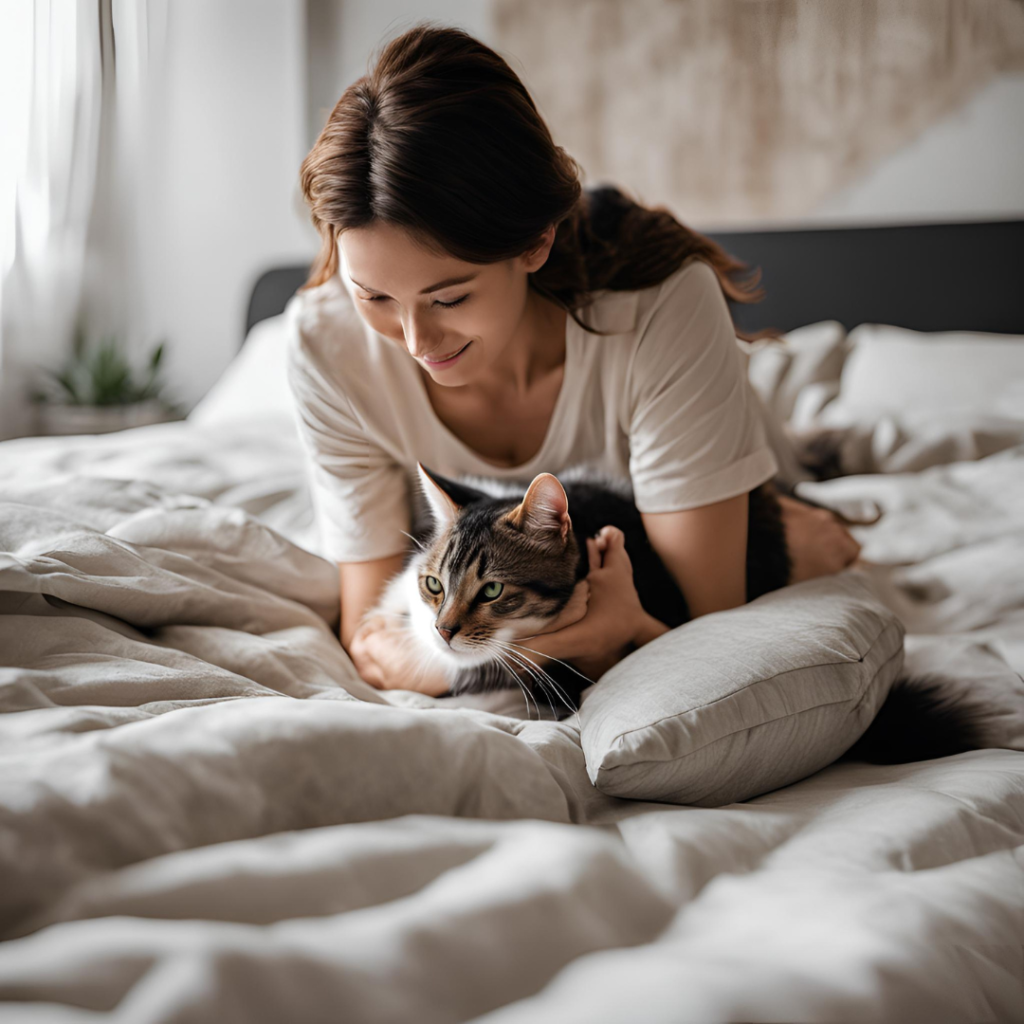
Personal Stories and Expert Opinions
Anecdotes from Cat Owners
Many cat owners have heartwarming stories about their pets’ kneading habits. For example, one owner shared how their cat, named Muffin, would knead on their chest every evening while purring loudly, creating a nightly bonding ritual. Another owner described how their elderly cat, Whiskers, would knead a particular blanket that had been with them since kittenhood, suggesting a deep sense of attachment and comfort.
Expert Opinions
Veterinarians and feline behaviorists often emphasize the positive aspects of kneading. Dr. Jane Doe, a renowned veterinarian, explains, “Kneading is a natural and instinctive behavior for cats. It’s a sign of contentment and trust, often rooted in their early experiences as kittens. While it can sometimes be a bit inconvenient, it’s important to recognize it as a positive and normal part of feline behavior.”
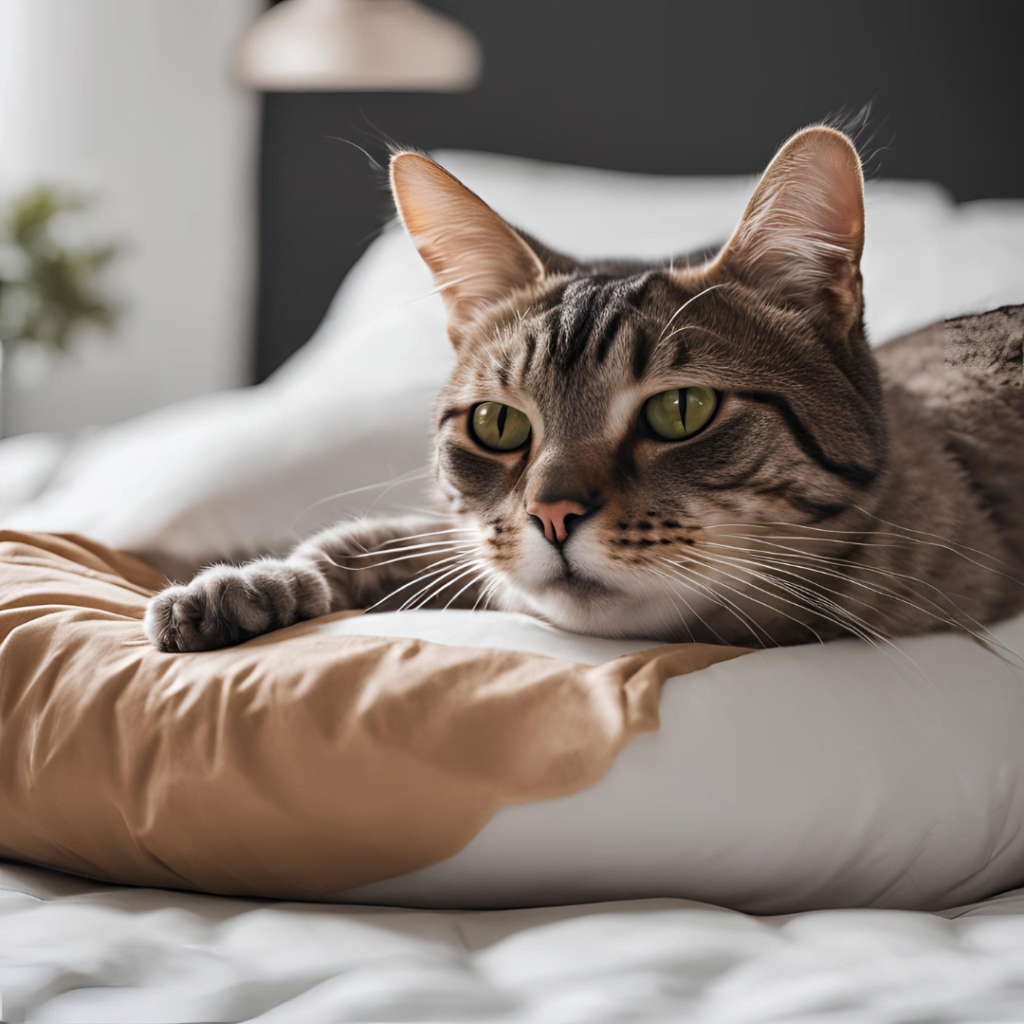
FAQs About Cat Kneading
Why Does My Cat Knead and Purr?
Kneading and purring often go hand in hand, as both behaviors indicate a state of contentment and relaxation. When your cat kneads and purrs simultaneously, it’s usually a sign that they are very happy and comfortable.
Is Kneading Ever a Sign of Distress?
In most cases, kneading is a positive behavior. However, if a cat kneads excessively or appears agitated while doing so, it could indicate underlying stress or discomfort. Observing your cat’s overall behavior and consulting with a veterinarian if you notice any concerning signs can help address any potential issues.
Can All Cats Knead?
While kneading is common among cats, not all cats knead. Some cats may express their contentment and comfort through other behaviors, such as purring, head-butting, or curling up close to their owners. The absence of kneading does not necessarily indicate any issues.
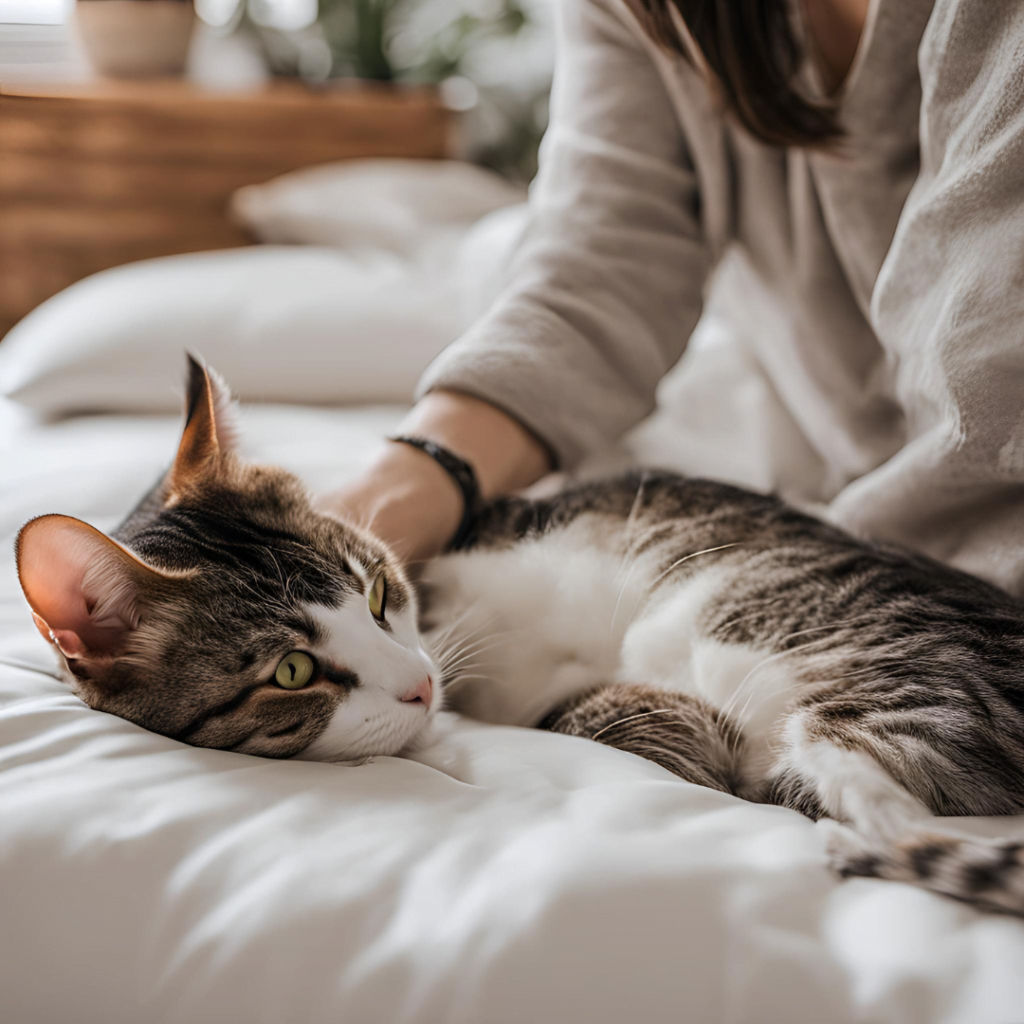
Conclusion
Cat kneading is a fascinating and endearing behavior that offers insights into your cat’s emotions and instincts. From its origins in kittenhood to its role in expressing comfort and affection, kneading is a multifaceted behavior that enriches the bond between cats and their human companions. By understanding the reasons behind kneading and observing your cat’s unique habits, you can appreciate this charming behavior and ensure a harmonious relationship with your feline friend.
We would encourage readers to observe your own cats’ kneading habits and share your experiences in the comments. Understanding and appreciating these behaviors can deepen the bond you share with your cat and enhance your mutual understanding and affection.

